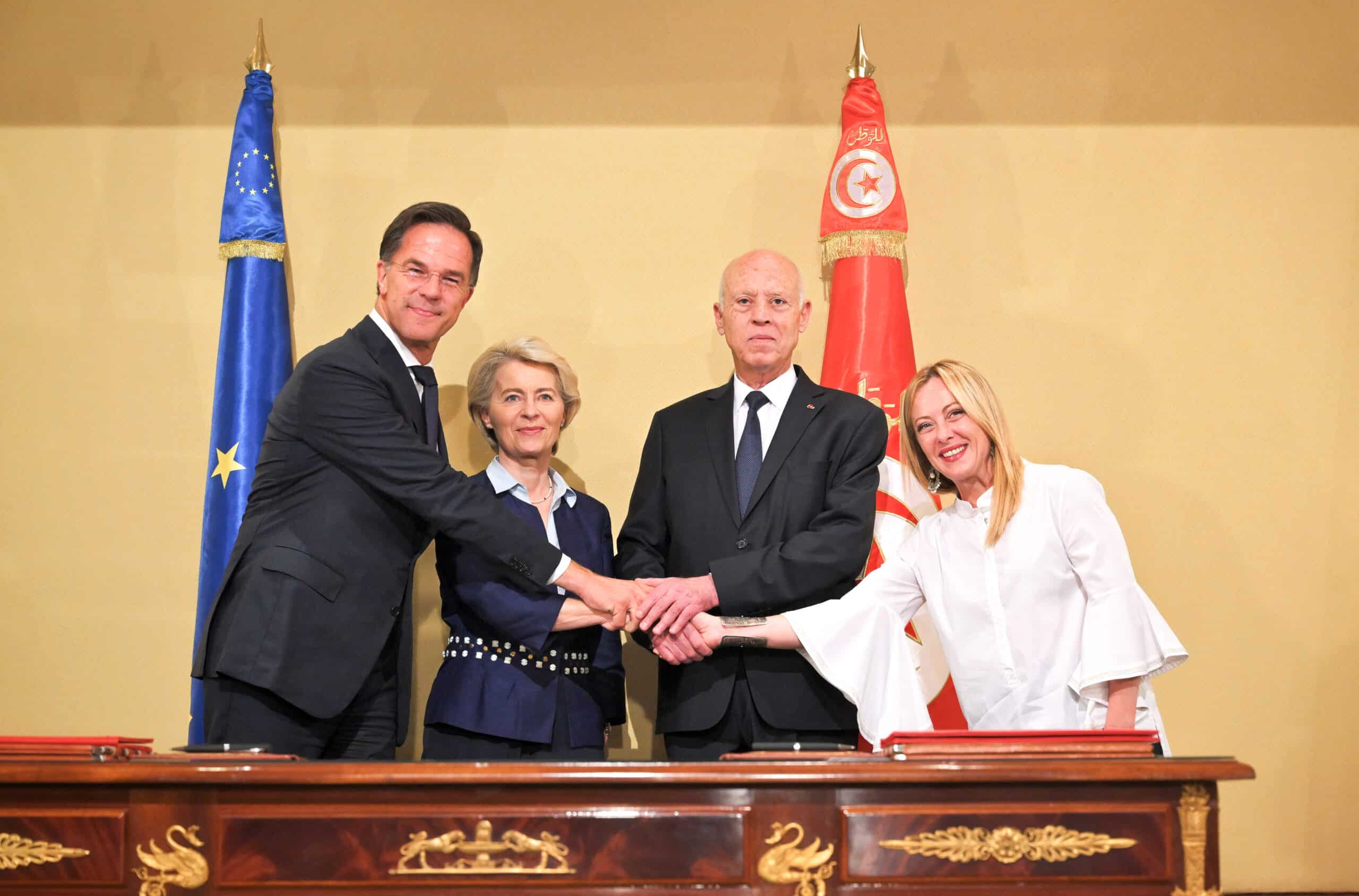Brussels – As anyone who has gone through the endless application process to gain access to some more or less coveted job position, drafting the curriculum vitae is one of the most tedious but, at the same time, the most problematic tasks to complete. Choosing the most suitable template (Europass or non-Europass?), deciding whether or not to include your photo, evaluating what information to include, and how much detail to go into.
Unless, of course, you have been nominated by your country as a member of the European Commission – in which case, at least judging from the CVs of the commissioners-designate available online, not much effort seems to be required. That is, if you choose to provide one at all. As of the late morning of Sept. 25, CVs of Romanian candidate Roxana Mînzatu and Bulgaria’s Ekaterina Zaharieva were missing from the roster.
As we were saying, if you had been nominated by your government to be part of the new European executive, you would be free to draft your “biographical note” (yes, some people have called it that, like the Poland’s Piotr Serafin). You could compile a cold list of professional titles flanked by dates (as Finland’s Henna Virkkunen or Italy’s Raffaele Fitto, without any particular creative effort), give a few more details (following the example of Portugal’s Maria Luís Albuquerque) or put together a concise account of your life in discursive form, adopting the first (like Ireland’s Michael McGrath) or third person (like Estonia’s Kaja Kallas). What about a picture? You could include it (as some decided, like France’s Stéphane Séjourné or Croatia’s Dubravka Šuica) or not, as you prefer (in this case, you would be like Spain’s Teresa Ribera and Latvia’s Valdis Dombrovskis, among others).
As for the template, you could indulge as you see fit, ranging from the aseptic blank sheet (like Slovakia’s Maroš Šefčovič) to a series of tables (like Lithuania’s Andrius Kubilius), from something vaguely resembling a Europass (e.g., Hungary’s Olivér Várelhyi and Belgium’s Hadja Lahbib) to a more original design that looks more like a PowerPoint presentation (perhaps written in all capital letters, like that of the Czech Jozef Síkela). Finally, on length, too, you should not feel any constraints: one page is fine (like the Netherlands’s Wopke Hoekstra) but if you can also reach five (see Síkela and McGrath).
The steps of the selection process
So, don’t stress it: the more important your job is, the less you will have to worry about something as trivial as a CV: if your experience already speaks for itself, why bother summarizing it in a document? However, should you ever find yourself appointed commissioner-candidate, remember that your country’s nomination is just the first step. Once the EU Council, in agreement with the head of the incoming EU executive, finalizes the list of appointed members of the future College, you will have to submit your declaration of financial interests to the Justice (JURI) committee of the European Parliament, which will conduct a careful screening to check for conflicts of interest.
If you pass this stage, you will face parliamentary hearings: you will appear before the relevant committee based on the portfolio you are supposed to manage. After setting out your program, MEPs will begin questioning you to see if you are suitable to become a commissioner and, more importantly, capable of fulfilling the duties. A word of caution: don’t think this is just a formality! The list of appointed commissioners who stumbled at this hurdle is long, and you certainly do not want to be the next name on the list. Should this occur, your adventure is over, and your government will replace you with someone else who will go through the same rigmarole.
If, at the end of the confirmatory hearings, Members have no additional questions (written or oral), the committee chairs and representatives of the political groups will prepare your review letters, which the Conference of Committee Chairs will consider first, and the Conference of Presidents second (the latter body brings together the chairs of the political groups and the chair of the House). Further clarifications may be requested at this stage, after which the hearings process closes.
However, it’s still not over: the newly appointed College, with all commissioner candidates approved by MEPs, must still face a confirmation vote at a plenary session of the European Parliament in Strasbourg. Only after the positive outcome of that vote (a kind of confidence motion) can the new Commission become officially operational. If you have made it this far, congratulations! You are now a full-fledged member of the Community Executive, and you can claim your seat at the Berlaymont building for the next five years. We only hope that, whatever CV format you send, you will serve the collective interest of the Union (and not only of your country).
English version by the Translation Service of Withub






![Una donna controlla le informazioni sul cibo specificate sulla confezione [foto: archivio]](https://www.eunews.it/wp-content/uploads/2014/12/Etichette-alimentari.jpg)

